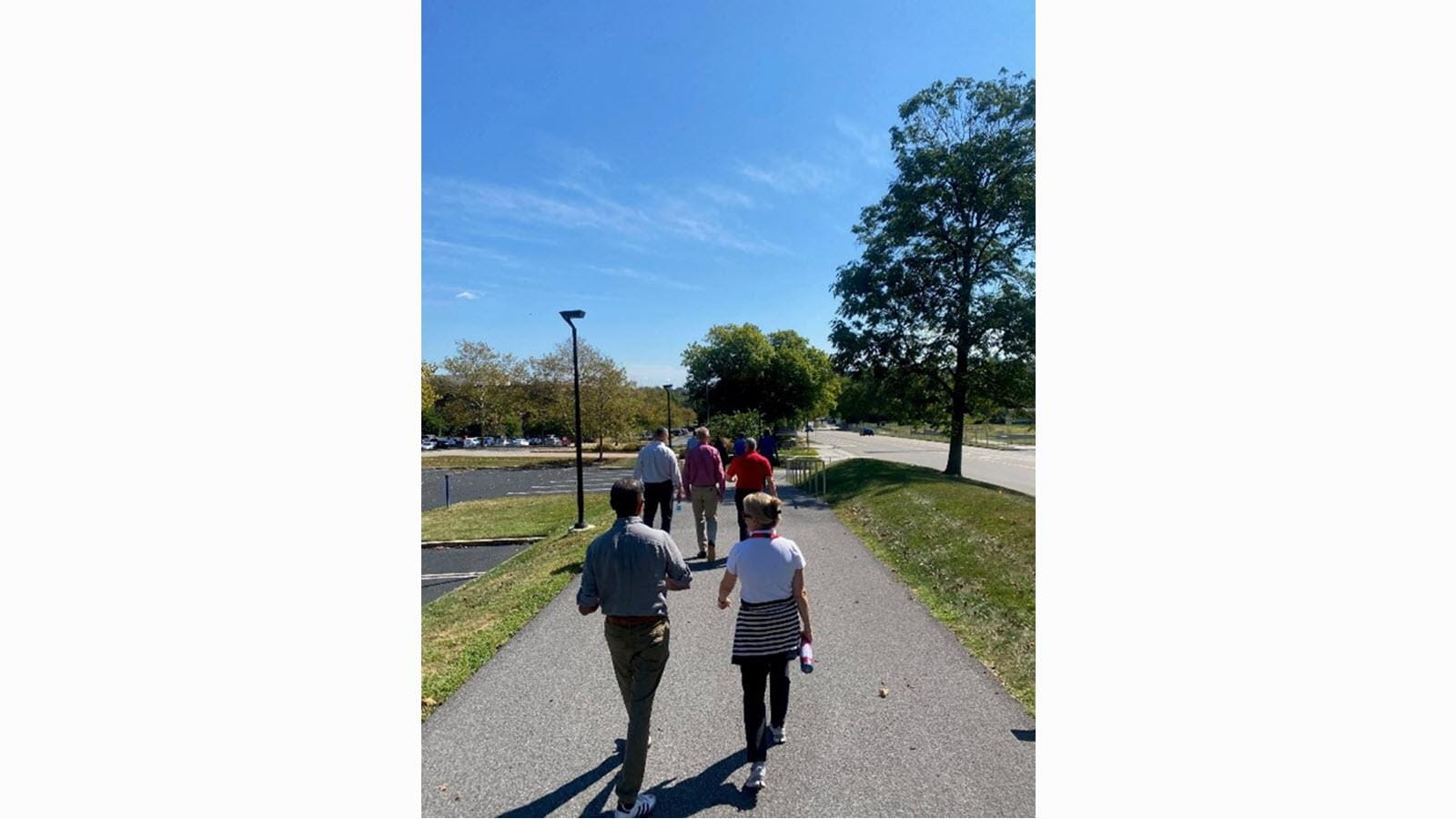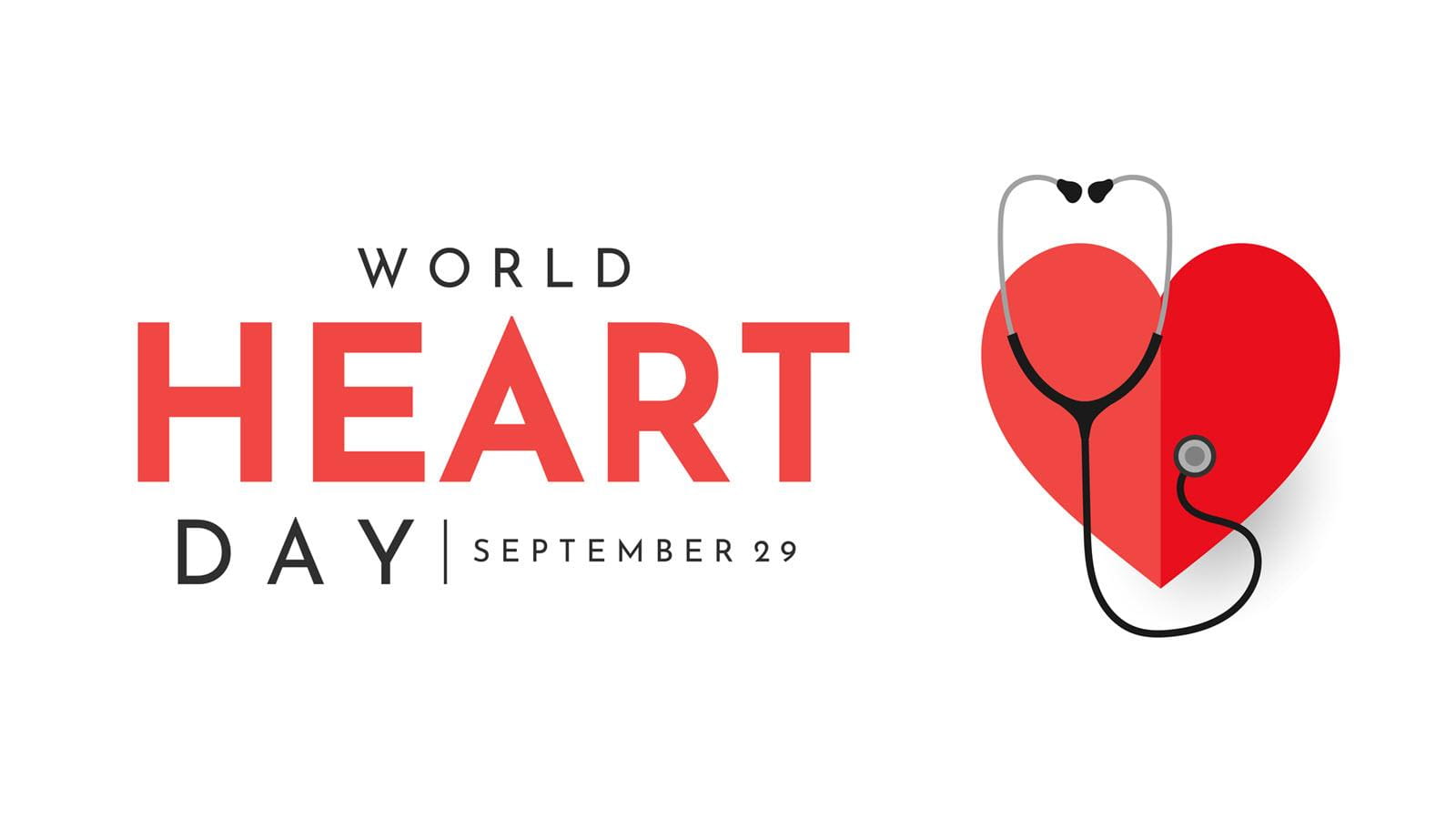As part of CSL’s efforts to support World Heart Month and World Heart Day, the company recently launched its inaugural “7-Million Step” Challenge.
The challenge began at the start of September and culminated on September 29, World Heart Day. More than 100 CSL employees around the world participated. They not only met but exceeded their goal.
Based on CSL’s ongoing commitment to reduce serious cardiovascular diseases, the company also will make a donation to the World Heart Federation in support of its efforts to reduce the burden of global cardiovascular disease.

“As a proud participant in the “7 Million Step” Challenge, I am thrilled to see the impact our CSL colleagues are making to support those impacted by heart attacks or living with cardiovascular disease,” said Jeff McFadden, Vice President, Global Commercial Development. “As a company committed to developing innovative therapies and improving the lives of the people we serve, it’s an honor to see so many colleagues work together to improve heart health.”
Every year, about 805,000 people in the United States have a heart attack. Of these, 605,000 are first heart attacks while the remaining 200,000 are experienced by patients who had a previous heart attack. While more than 7 million people worldwide are impacted by heart attacks each year approximately 80% of premature deaths from cardiovascular disease are preventable.
CSL, a global biotech company that makes medicines for rare and serious conditions, is investigating the potential of a cholesterol efflux-raising therapy that, if successful, could improve the outlook for patients who have survived a heart attack. Research has shown that someone who survives a heart attack enters a dangerous period because, for the next 90 days, they are at increased risk of another cardiac event.



